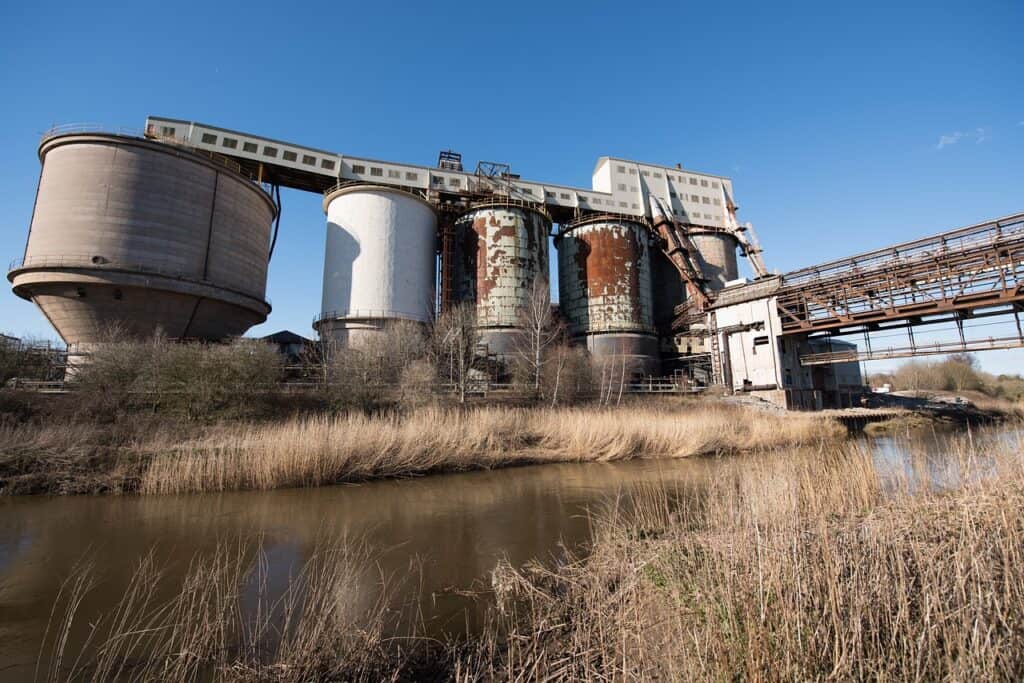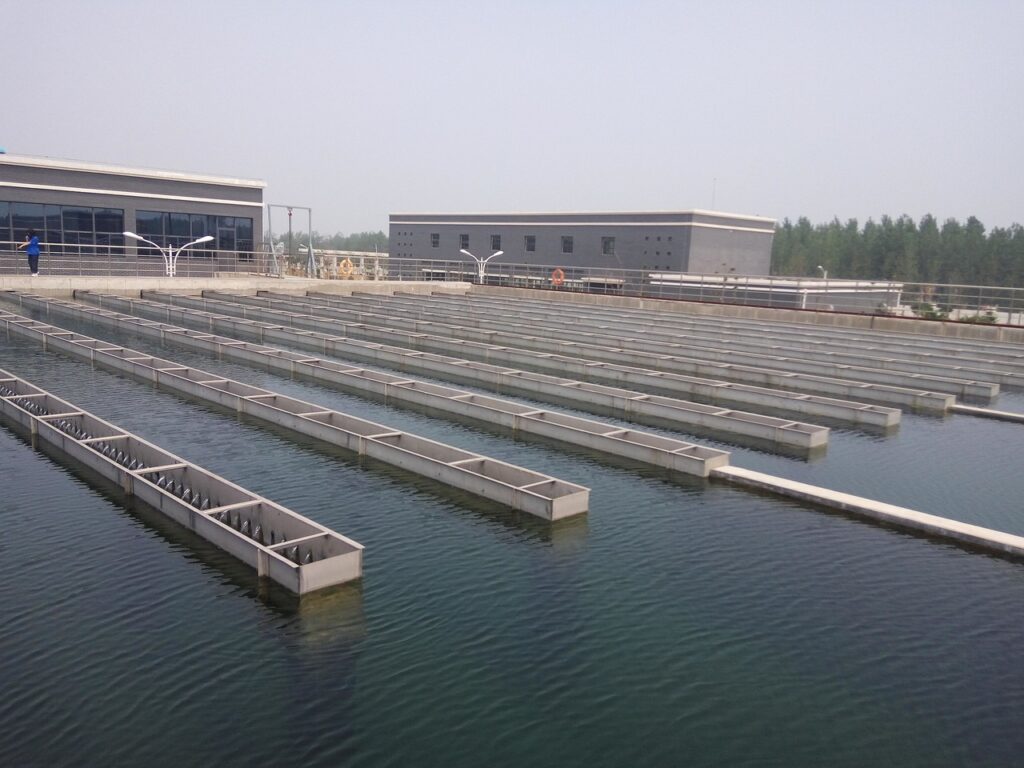The Federal Water Pollution Control Act, widely known as the Clean Water Act, is the primary legislation regulating pollution of the country’s surface waterways. Originally passed in 1948, it was completely amended in 1972 with revisions that gave the statute its present dimensions.
The 1972 Act outlined ambitious water quality improvement projects, which have subsequently been extended and are currently being executed by companies and towns.
This report provides a legal summary, explaining the legislation but not addressing its execution. Other CRS publications, such as CRS Report R42883, Water Quality Problems in the 113th Congress: An Overview, and other items listed in that report, cover implementation.
The Clean Water Act is divided into two primary sections, the first of which authorizes federal financial help for local sewage treatment facilities construction.
The regulatory restrictions which pertain to industrial and municipal dischargers are the other. Given the intense expectations imposed on those who are governed by it to attain greater and higher levels of pollution abatement within the dates stated in the legislation, the act has been dubbed a technology-forcing statute.
Initially, the emphasis was on limiting discharges of conventional pollutants (e.g., biodegradable suspended particles or bacteria that exist naturally in the aquatic environment), but management of harmful pollutant discharges has lately been a primary focus of water quality initiatives.
Prior to 1987, programs were generally focused on point source pollution, that is, pollutants released from discrete sources like as pipelines and outfalls by industrial and municipal facilities.
In that year, amendments to the legislation permitted steps to combat nonpoint source pollution (runoff from agricultural lands, woods, construction sites, and urban areas), which is believed to account for more than half of the nation’s remaining water pollution concerns. The statute also makes it illegal to dump oil and dangerous chemicals into US waters.
Federal authority is extensive under this act, notably in the development of national standards or effluent restrictions. Certain tasks are transferred to states, and the act exemplifies a federal-state cooperation mentality in which the federal government sets the agenda and criteria for pollution abatement, while states carry out day-to-day implementation and enforcement.
The legislation is predicated on the idea that all discharges into the nation’s waterways are illegal unless explicitly approved by a permit, which is the act’s primary enforcement mechanism. The statute provides for civil, criminal, and administrative enforcement, as well as citizen suit enforcement.
Title VI authorizes financial aid for the construction of municipal sewage treatment facilities and certain other kinds of water quality enhancement projects.
It makes grants available to fund State Water Pollution Control Revolving Funds or lending schemes. States provide matching funds, and funds used for wastewater treatment projects are reimbursed to states under the revolving loan fund idea, making them accessible for future development in other areas.


